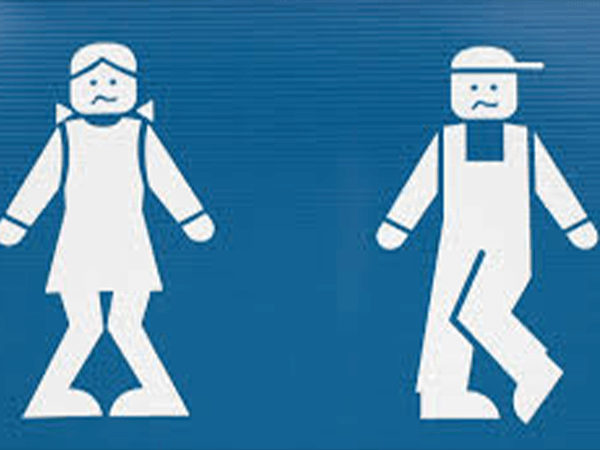Overactive Bladder:
How does my bladder work and why does it go wrong?
So the bladder is a small storage vessel down at the front of your pelvis. The bladder wall is made of muscle. Like other organs in the body like the heart, the muscle is special muscle called “smooth muscle”. It is controlled by nerves of the autonomic nervous system This is the background nerve system that controls all the inner workings of the body.
The bladder relaxes and stretches when it is filling and contracts when you sit on the toilet and this is how it empties. The urine does not simply just drain out!

The feeling that the bladder is full comes at around 450 to 500 mls. But the bladder can actually stretch and hold a lot more. This is so we never get caught out and wet ourselves. We can ALWAYS trust our bladder.
So What Goes Wrong?
For many reasons, the bladder starts to feel full when it is not. Also, there are medical conditions which make that bladder wall irritable and uncomfortable so it doesn’t like filling up. However, most cases of Overactive bladder that we see are bladders that we have stopped trusting so we tend to empty before the bladder gets full. For example if our pelvic floor muscles are weak after childbirth, we might leak a little when we cough or sneeze. If we don’t fix this, we start not to trust our bladder. Then we go more often and we feel like our bladder has become smaller. Men after prostate surgery might not trust their bladder and they too will start to have signs of urgency and leakage on the way to the toilet.
So our bladder becomes a bladder that doesn’t like relaxing. We end up feeling urgent always looking for a toilet and going “Just in case”. We end up with triggers…those things that make our bladder think its time to empty like running water, showering , “Key in door” or standing up after sitting for a while.
It is true too that the bladder isn’t as stretchy when we get older. But we should still be able to control it and not have accidents on the way!
What should we do about it
If the problem comes on suddenly or it becomes painful to pass urine, go and see your Doctor. You might have an infection. Or the Physio can check the urine. If there was blood in the urine and no infection, the doctor would need to check that the inside of the bladder is healthy and a referral to a Urologist might be made.
IF there is no infection, we will give you techniques to start taking control. It is called “bladder training”. We use a simple bladder diary that maps out what you pass in urine and what you drink. This information can empower you to start taking control with your mind and your pelvic floor! IF bladder training itself is slow to improve the problem there are lots of other options:
- Medications from your Doctor which calm the nerves to the bladder and help it to relax
- A TENS machine can be used to calm the nerves that make the bladder overactive.
- Physiotherapists can use another form of “electrotherapy” where a 10hz stimulus to the bladder is applied to calm it down.
- Sometimes having treatment to the sacro-iliac joints can calm the bladder if this is where the problem comes from.
- If all this fails, your Doctor can send you for Botox to the bladder.
- The most important message is to seek help and learn how to fix your problem before it starts to ruin your quality of life.


